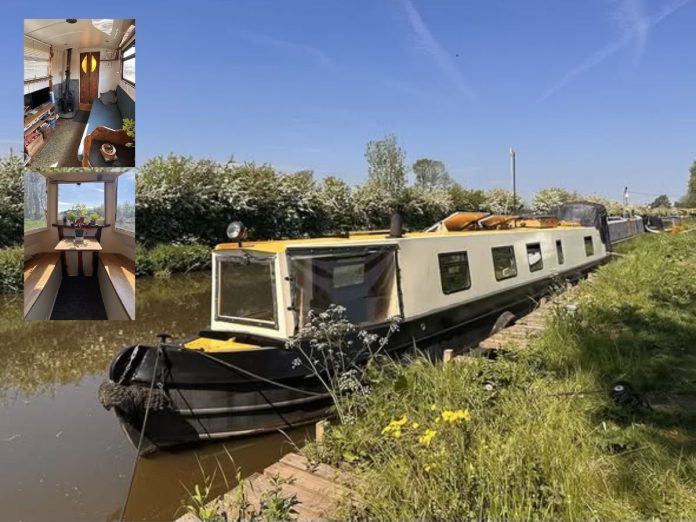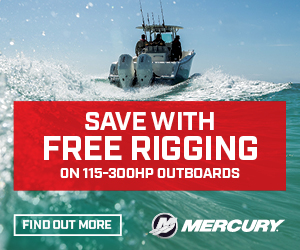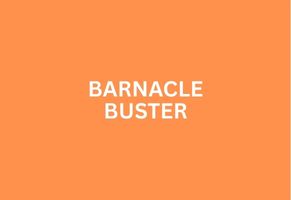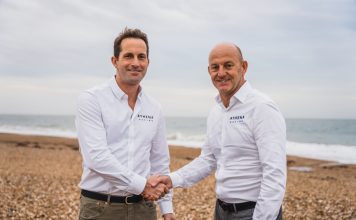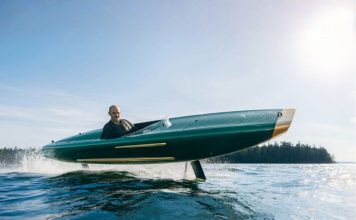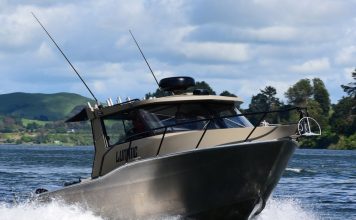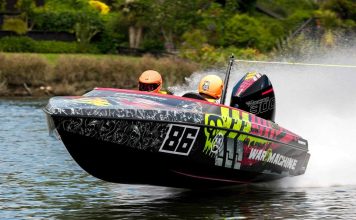A quiet revolution on the canals
A quiet revolution is underway on Britain’s inland waterways. Over the last few years, a new generation of electric-propelled and hybrid narrowboats has been launched, replacing diesel fumes with clean torque and whisper-quiet cruising. The shift is slow but growing, with early adopters and eco-minded builders leading the charge.
Electrika 2025, held on 11–12 July at Brinklow Waterside & Marina in Warwickshire, marked a significant milestone in the electric narrowboat movement. Now in its second year, the event—organised by Ortomarine in partnership with Aquavista—is still the UK’s only boat show dedicated entirely to electric propulsion on the canals. Builders, suppliers, owners, and would-be converts came together to share knowledge, compare systems, and discuss lessons learned from life afloat. With reliable information still hard to come by—even at national shows—Electrika continues to fill a vital gap, offering a focused space for real-world insight and innovation.
Understanding the narrowboat
Narrowboats are a product of the Industrial Revolution. Built to fit the UK’s tight canal locks, they are long, slim vessels with a maximum beam of 6 feet 10 inches—just enough to squeeze through the narrowest passageways. They were originally horse-drawn cargo boats, later upgraded to steam and then diesel propulsion. Today, they are most often used for leisure cruising or as full-time floating homes. The Canal & River Trust licenses over 35,000 narrowboats, with more than 8,500 registered as homes.
Most are constructed from steel and range between 30 and 72 feet in length. Traditional sterns, cruiser sterns, and semi-traditional styles offer a range of configurations. Inside, they vary wildly—from basic fit-outs to luxurious, apartment-style layouts with full kitchens, bathrooms, and 240V electrical systems.
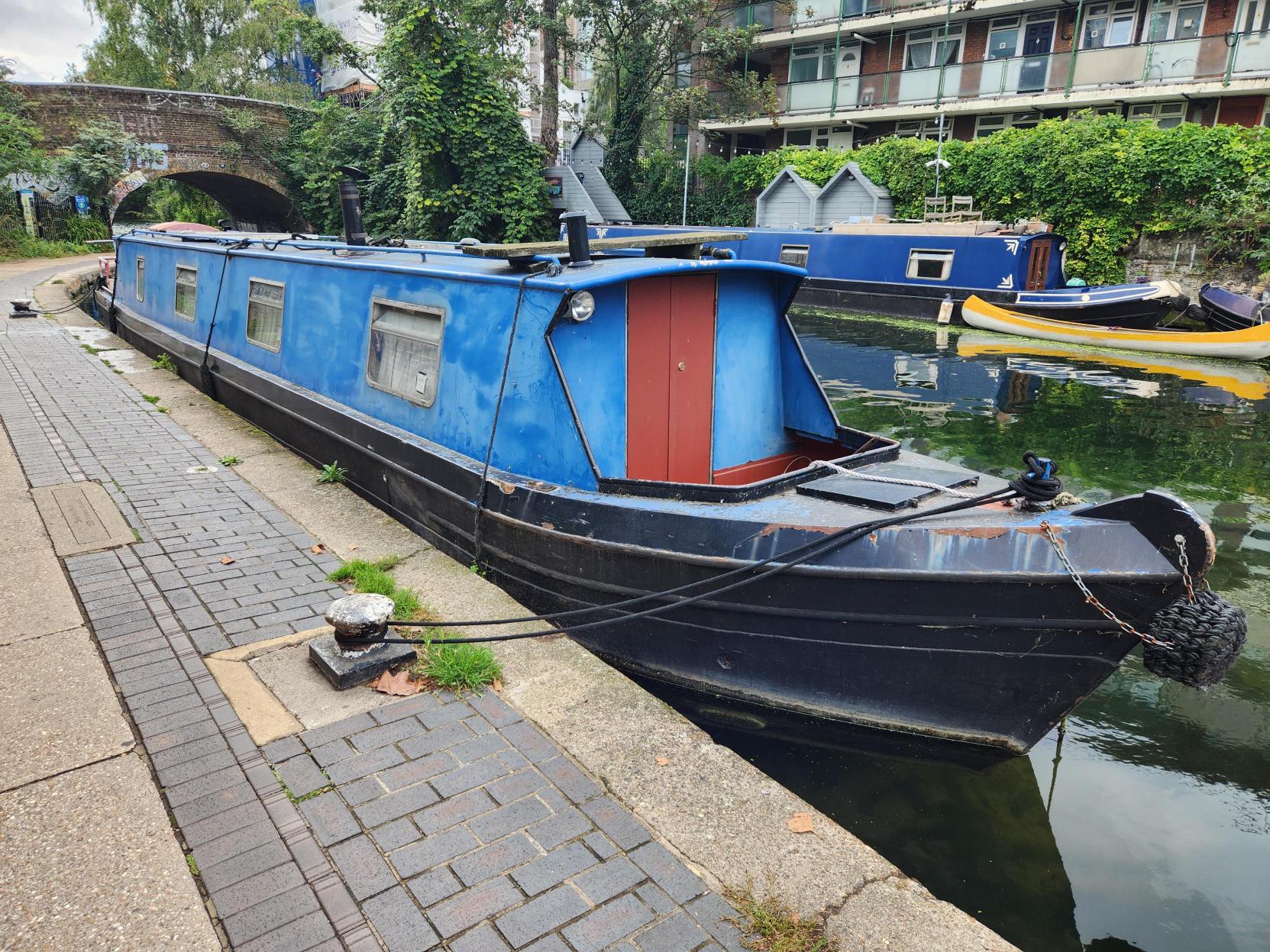
From horses to hybrids
The transition from animal power to electric drive has taken over 250 years. Early canal boats relied on horses walking the towpath. Steam came next but proved too bulky and hot for such small boats. Diesel emerged in the early 20th century and became the go-to solution for decades. Diesel engines were reliable, cheap to maintain, and offered simplicity in their mechanical operation. But they weren’t perfect.
A typical diesel-powered narrowboat idles for long periods, burning fuel inefficiently and emitting soot and nitrogen oxides. The setup includes a stern-mounted diesel engine turning a shaft through a gearbox, cooled either by raw water from the canal or by keel tanks welded into the hull. Heating is usually provided by solid-fuel stoves or diesel-fired systems like Webasto or Eberspacher. While practical, diesel boats are noisy, smoky, and increasingly out of step with modern environmental expectations.
The electric alternative
Which is precisely where electric motors are beginning to steal the show. Powered by battery banks and recharged via solar panels, shore power, or an onboard generator, electric narrowboats are moving from fringe curiosity to practical reality. Some run fully electric, while others use serial hybrid systems—where a generator charges the batteries but doesn’t directly drive the propeller. Parallel hybrids blend both diesel and electric on a shared shaft, though they’re often less efficient overall.
According to Ortomarine’s Caroline Badger, real-world trials suggest that electric narrowboats can achieve significantly greater fuel efficiency compared to traditional diesel-powered systems. There are three key reasons. First, a small generator working at optimum load is significantly more efficient than a large diesel running light. Second, electric motors use no power when the boat is stationary, whereas diesel engines are typically left idling. Third, electric motors can turn larger propellers at lower RPMs, improving propulsion efficiency. Ortomarine’s real-world propeller trial confirmed this combination of benefits in live canal conditions.
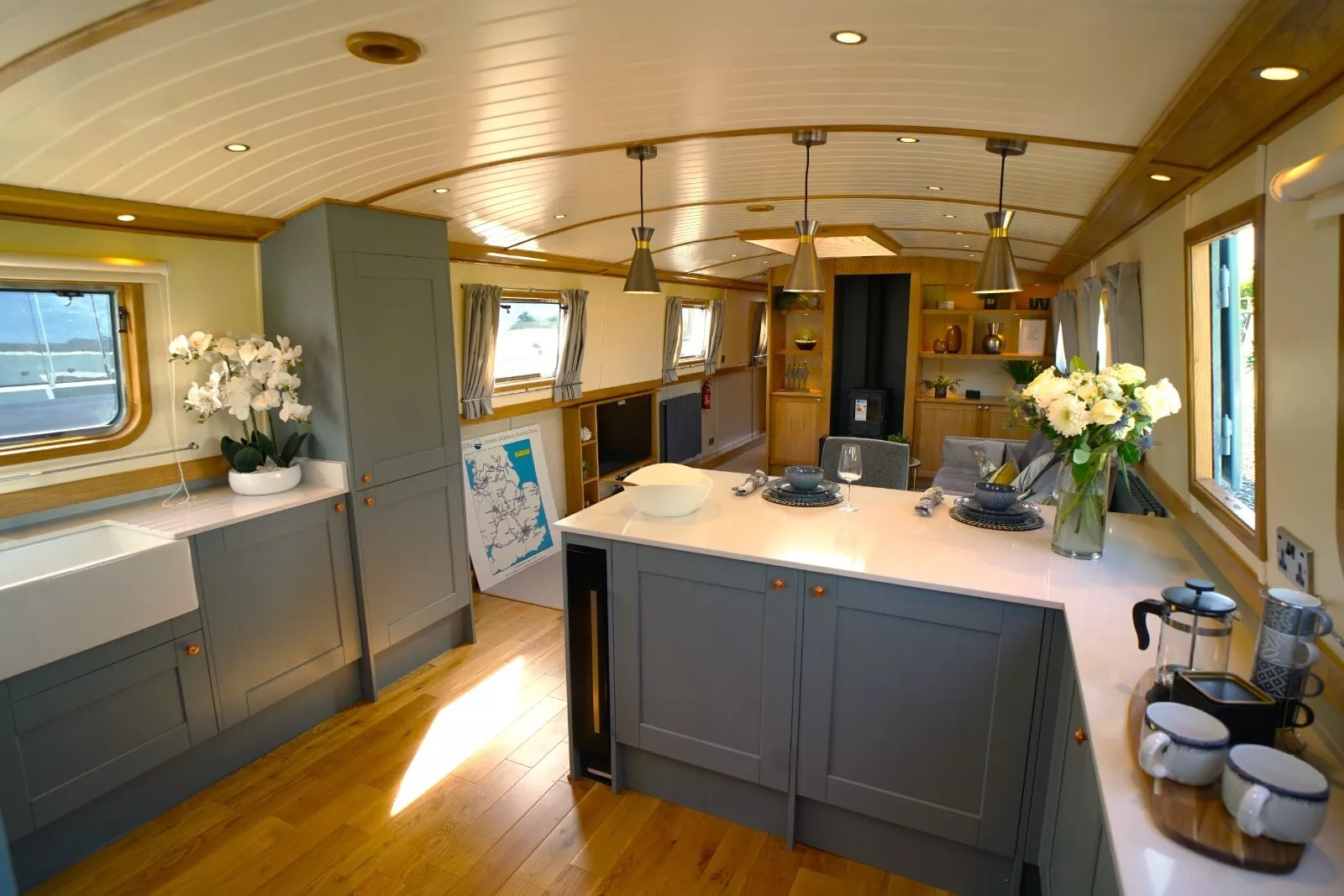
Rethinking design
Electrification doesn’t just change the engine—it changes the boat. Electric propulsion allows for slower shaft speeds, so boats can be fitted with larger-diameter propellers. That results in smoother, more efficient cruising. However, those larger props require careful hull design and may increase draught. Where a traditional three-blade won’t fit, a four-blade propeller can be used to achieve similar thrust in tighter space.
Batteries, of course, take up space and add weight. But when thoughtfully installed, they can replace traditional ballast. Boatbuilders now design hulls and interior layouts around battery banks, power inverters, and control systems. Engine bays once dominated by diesel blocks are now tech centres, housing electronics and cooling gear. Builders like Ortomarine are leading this design rethink, and according to their 2025 Electrika showcase, their order book is full until 2026.
How to recharge
Charging options vary. Shore power is the most dependable solution, especially for moored liveaboards. Solar power provides a steady top-up—rigid panels are more affordable but take up roof space, while semi-flexible panels are walkable but can overheat in summer. Ortomarine and other builders are experimenting with insulating layers between the panels and the steel roof to mitigate overheating.
Discussions in forums on Canal World highlight that where inboard marine generators are used, 5–10 kVA marine generators are typical and are water‑cooled via keel tanks or heat exchangers to maintain quiet, efficient operation—professional units like Fischer Panda or Paguro fall into this range. Meanwhile, emerging technologies such as hydrogen-powered PEM fuel cells—introduced by experts like Nick Swift of Hydrogen Afloat—offer clean, silent domestic power for off-grid boats.
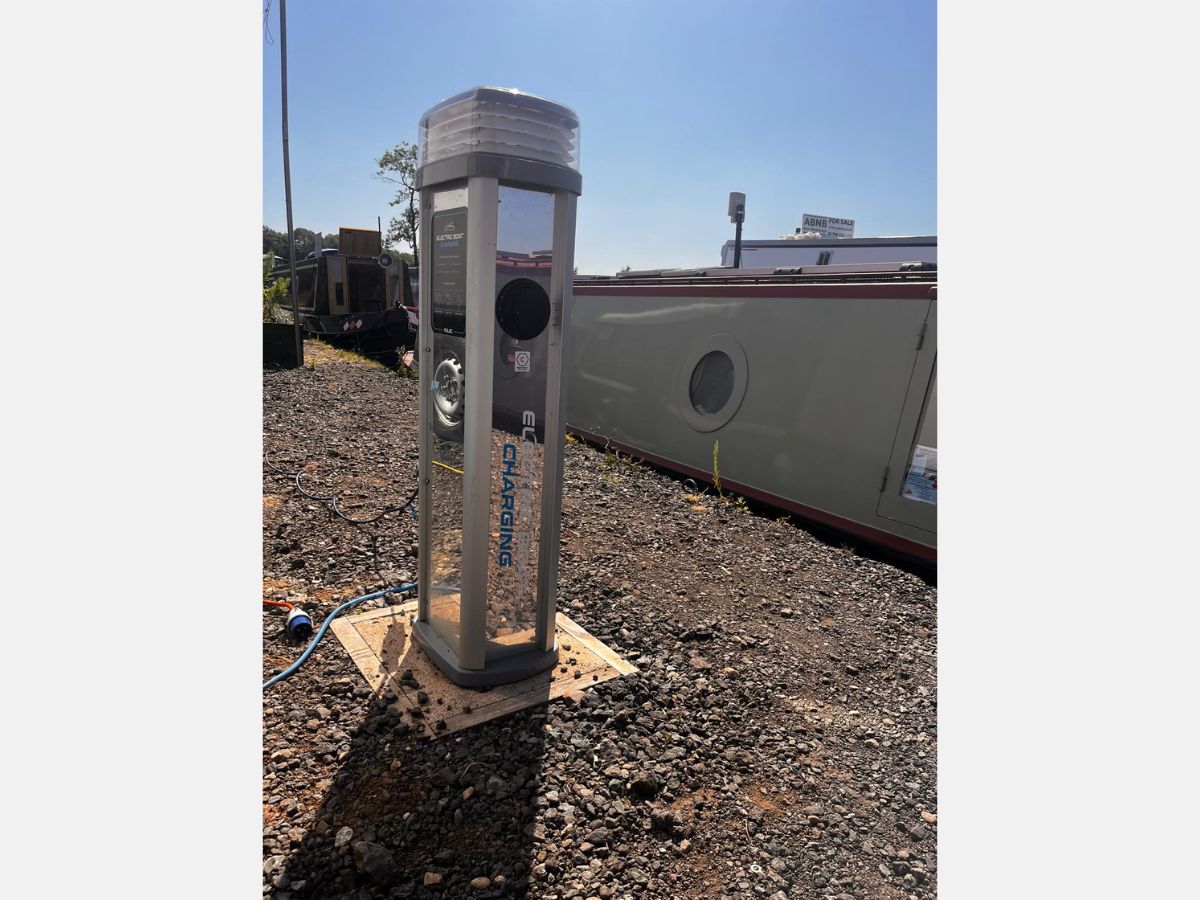
What Electrika 2025 revealed
The show drew builders, engineers, suppliers, vloggers, and many curious boaters. Paul and Anthony from Narrowboat Life Unlocked discussed their electric journey and shared insights from living aboard. Malcolm Bridge from the Inland Waterways Association offered ten years of wisdom on electric cruising. Keith Meadowcroft delivered his no-nonsense breakdown of system design. Caroline Badger tackled the environmental math, and Nick Swift took a peek into the post-diesel future.
The exhibition area hosted a wide range of industry players. Exhibitors we might more readily recognise in New Zealand included propulsion specialists ePropulsion, and infrastructure and supply partners Vetus. Other propulsion, power management and control, and infrastructure and supply specialists exhibited at Electrika 2025. Boatbuilders in attendance included Aqua Narrowboats, ABC Leisure Group, Bluewater Boats, Bath Canal Craft, Ovation Boats, Finesse, Clearwater Boats, Elton Moss, and Ortomarine, who also helped organise the show.
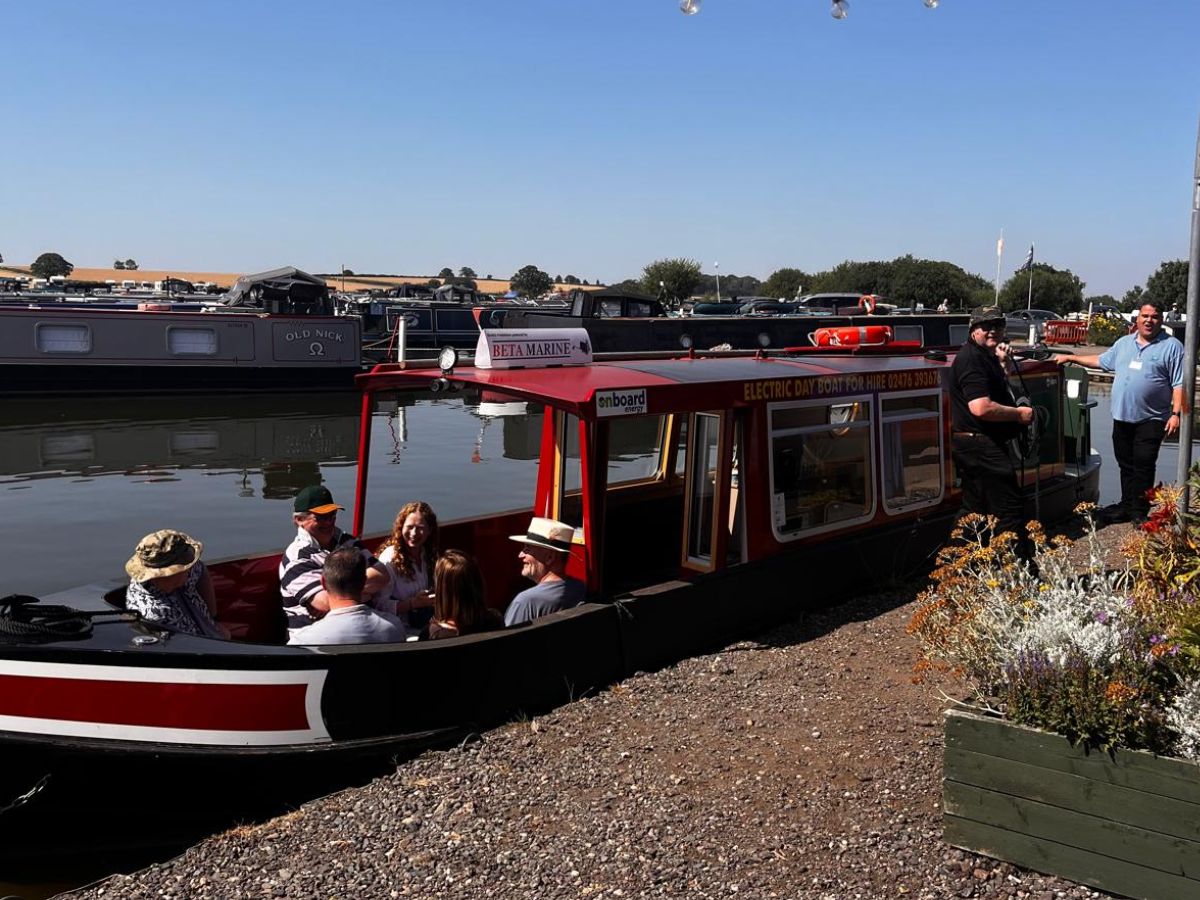
Ten official “Show Boats” were moored alongside the main marquees, available for viewing and tours. Among them were Sunbeam ((above from Mothership Marine), Jenny Wren (below from Ortomarine), ABC Electric Day Boat (above from Ovation Boats). In addition to the official show fleet, a number of other electric narrowboats were docked around the marina and open for informal Q&A with owners.
For many visitors, it was the first opportunity to see electric systems in action, talk to the people using them, and get hands-on with the hardware that’s reshaping Britain’s canal cruising future.
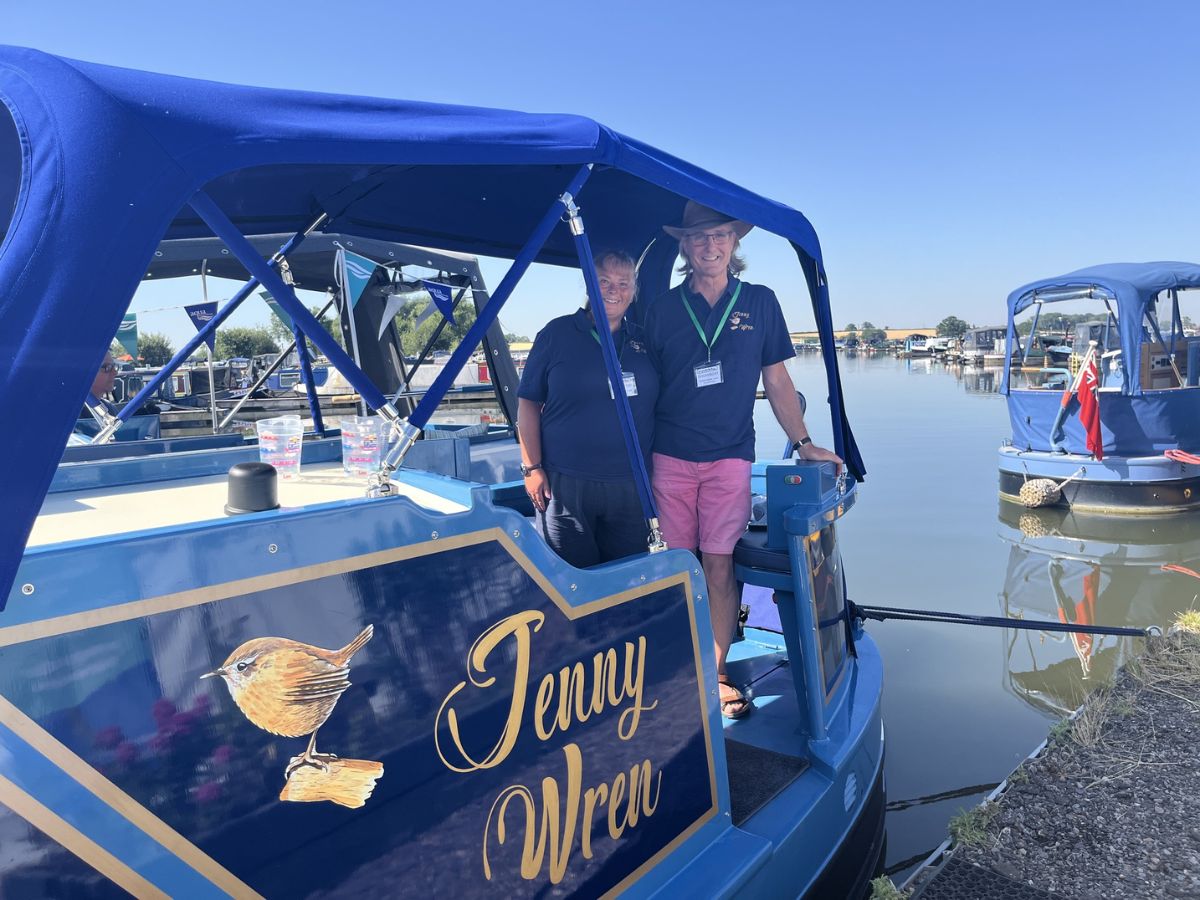
Looking ahead
Electrification is opening up the world of narrowboating to a new UK audience. It appeals to eco-conscious liveaboards, tech-savvy DIYers, and a younger generation drawn to low-impact lifestyles. The upfront cost remains a barrier, but running costs are lower, maintenance is simpler, and the experience—according to those who’ve made the leap—is better.
Charging infrastructure is the next hurdle. As more marinas and private moorings add shore power, electric adoption will accelerate. Builders like Ortomarine and event partners like Aquavista are already investing in this next stage.
Electric propulsion—it’s a cultural shift
Electric propulsion is more than a technical upgrade—it’s a cultural shift no-matter which type of boat. The narrowboat has always been about slow travel and quiet waterways. With the hum of an electric motor replacing the rattle of diesel, that experience is now quieter, cleaner, and more connected than ever before.








